1. Noise Levels: 60mm DC axial cooling fans can produce noise during operation, which can be measured in decibels (dB) and vary based on the fan's speed and manufacturer. Noise levels are an essential consideration when selecting a 60mm DC axial fan for a specific application.
2. Noise Reduction: Besides choosing a low-noise 60mm DC axial cooling fan, reducing noise levels can be achieved through methods such as vibration dampening, sound-insulating enclosures, and variable speed controls.
3. Acoustic Design: The acoustic design of 60mm DC axial cooling fans can impact noise levels. Fans with optimized blade designs and reinforced housing can promote smoother airflow and reduce noise.
4. Applications: Different applications require varying levels of noise, for instance, a 60mm DC axial cooling fan installed in critical medical equipment or home theatre systems should produce minimal noise to avoid disturbing the patient or homeowner. Conversely, a 60mm DC axial cooling fan in a factory may need to be louder to be heard over machinery noise.
Production Process Of 60mm DC Axial Cooling Fans
Motor Coil Winding and Connection: The process begins with the winding of the motor coil and its connection. This is a critical step as it determines the fan’s operational efficiency.
PCB Dip Tinning: The PCB undergoes a dip tinning process to ensure proper electrical conductivity and protection against corrosion.
Motor Lead Wire Connection: The motor lead wires are then connected, ensuring the fan’s electrical components function correctly.
Motor Inspection and Frame Preparation: Each motor is thoroughly inspected before the fan frame is prepared. This ensures that only the highest quality components are used.
Motor and Axis Fixing: The motor is then fixed into the frame, and the axis is secured. This ensures the fan’s stability during operation.
Fan Blade Balancing and Impeller Assembly: The fan blades are balanced to minimize vibration and noise. The impeller is then assembled to the motor.
Ball Screw Fixing with Seal: The ball screw is fixed with a seal to ensure the fan’s durability and longevity.
In-Production Fan Inspection and PWM Test: Each fan undergoes an in-production inspection and a Pulse Width Modulation (PWM) test to verify its performance and reliability.
Fan Labeling and Packaging: Each fan is labeled with its specifications and then packaged securely for shipping.
Pre-Delivery Inspection: The final step is a pre-delivery inspection to ensure that each fan meets our stringent quality standards before it is shipped to the customer.

 EN
EN 
 +
+
 +
+
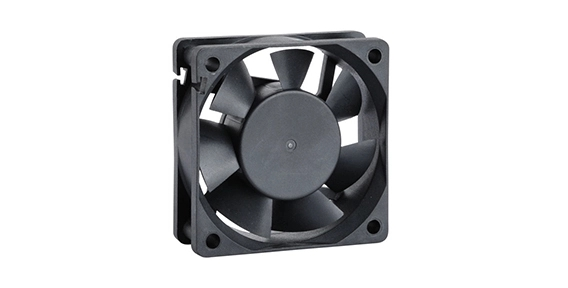 +
+
 +
+
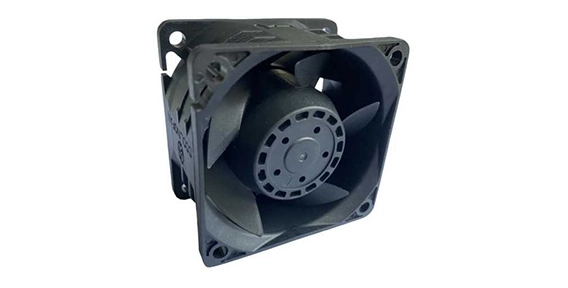 +
+
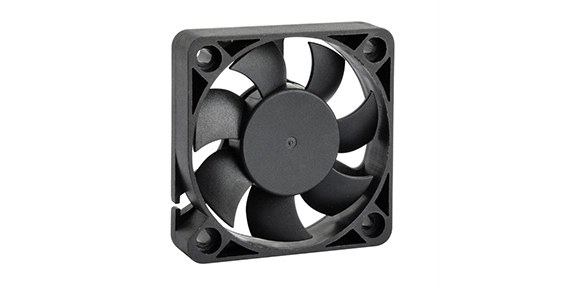 +
+
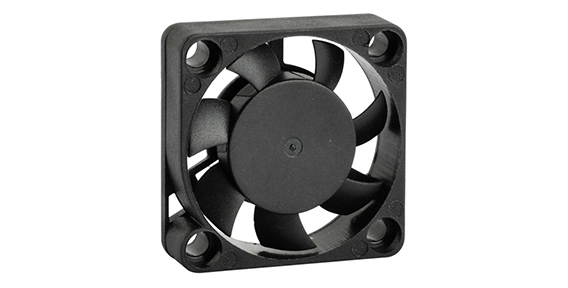 +
+
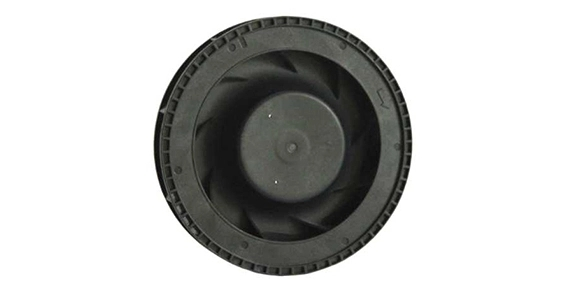 +
+



